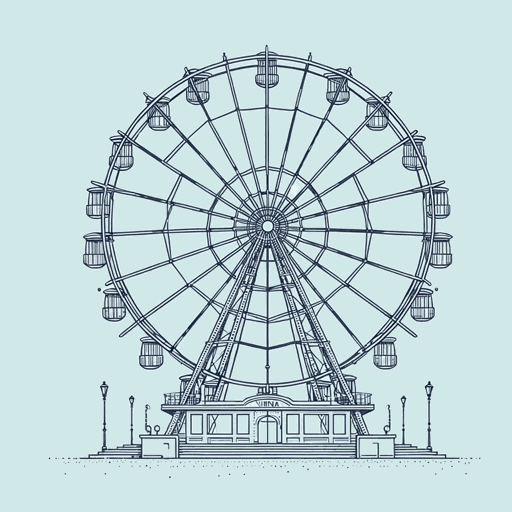50 pages • 1 hour read
Graham GreeneThe Third Man
Fiction | Novel | Adult | Published in 1949A modern alternative to SparkNotes and CliffsNotes, SuperSummary offers high-quality Study Guides with detailed chapter summaries and analysis of major themes, characters, and more.
Symbols & Motifs
The Vienna Ferris Wheel
The Prater is a Vienna amusement park, and its principal feature is the great Ferris wheel. In his opening meditation on the landscape, Calloway remarks on “the Russian zone where the Prater lay smashed and desolate and full of weeds, only the Great Wheel revolving slowly over the foundations of merry-go-rounds like abandoned millstones, the rusting iron of smashed tanks which nobody had cleared away, the frost-nipped weeds where the snow was thin” (2). Though the wheel remains, the park itself is “desolate” and surrounded by the reminders of war, with nothing in bloom.
Martins chooses this area to meet with Lime after learning that his friend faked his own death. Lime, too, alludes to the changes in the city, saying, “Lovers used to do this in the old days, but they haven’t the money to spare, poor devils, now, and he looked out of the window of the swaying rising car at the figures diminishing below with what looked like genuine commiseration” (68). The Prater, then, symbolizes Vienna’s desolation, smashed by the failure of the Nazis and the subsequent Allied invasion. The wheel makes the city visible and shrinks its occupants. Lime compares the people to “black flies,” asking, “Would you really feel any pity if one of those dots stopped moving—for ever?” (69).
Related Titles
By Graham Greene

Brighton Rock
Graham Greene

Monsignor Quixote
Graham Greene
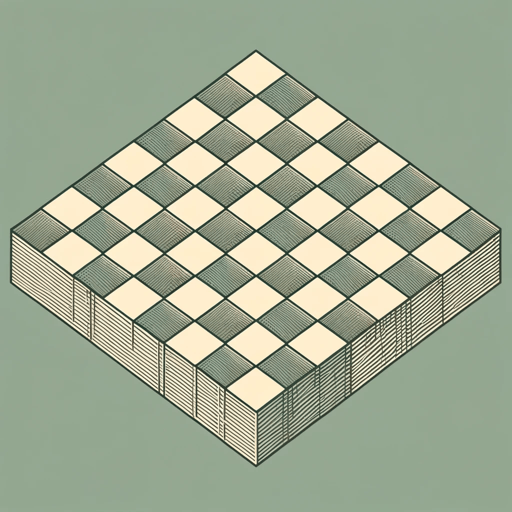
Our Man in Havana
Graham Greene

The Basement Room
Graham Greene
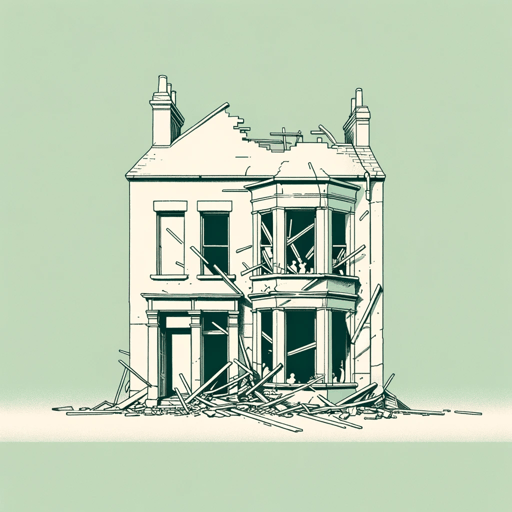
The Destructors
Graham Greene
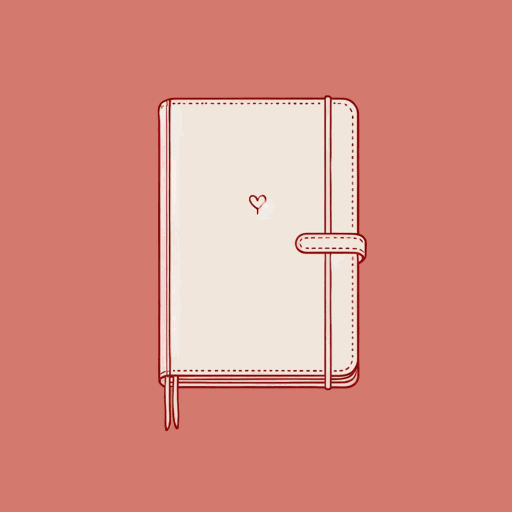
The End Of The Affair
Graham Greene
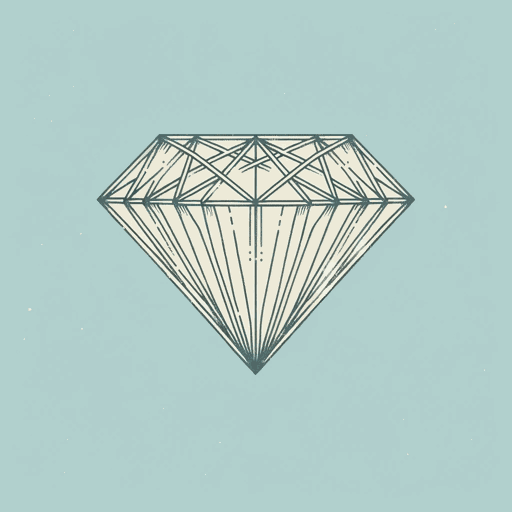
The Heart of the Matter
Graham Greene
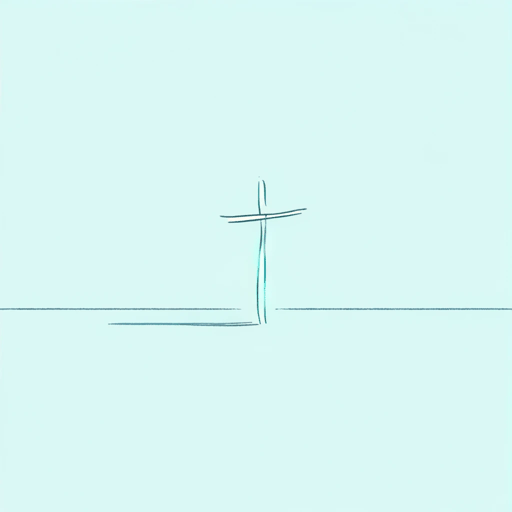
The Power and the Glory
Graham Greene
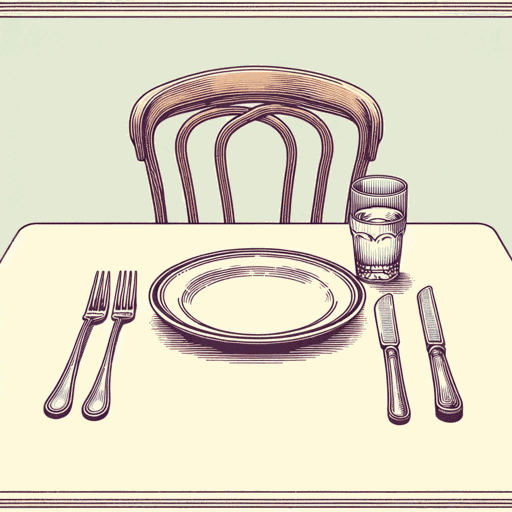
The Quiet American
Graham Greene
